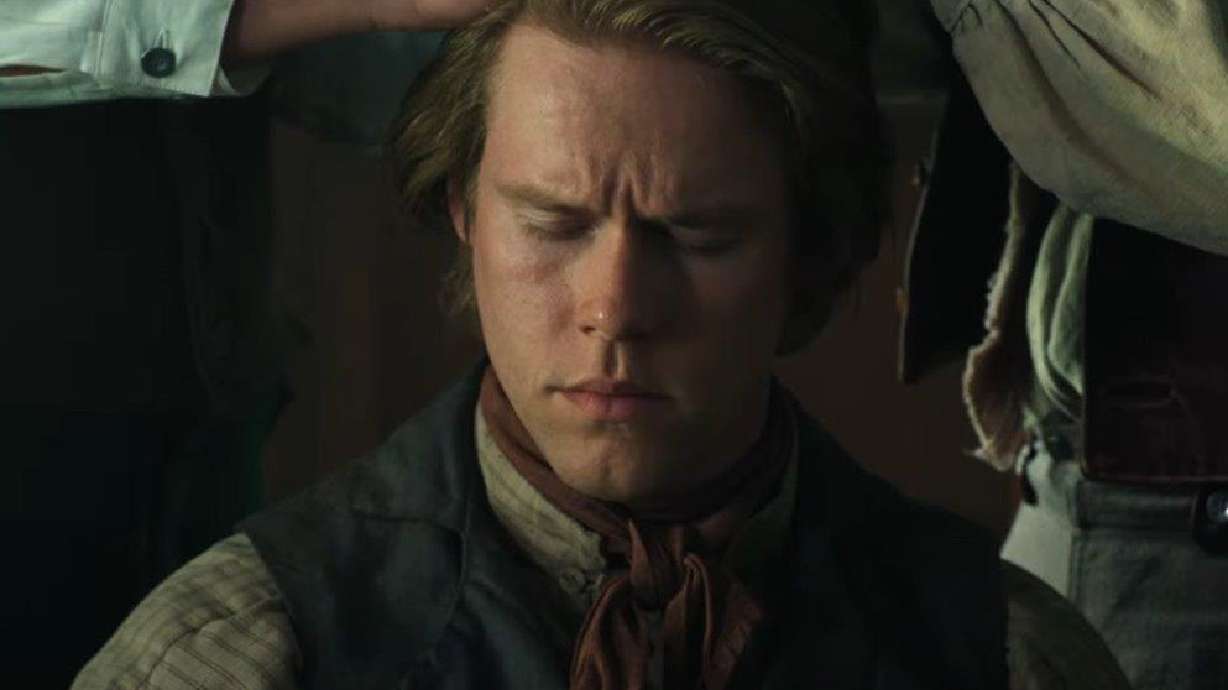Estimated read time: 4-5 minutes
This archived news story is available only for your personal, non-commercial use. Information in the story may be outdated or superseded by additional information. Reading or replaying the story in its archived form does not constitute a republication of the story.
Each state of the Union is permitted to choose two statues that are to represent it in the United States Capitol in Washington DC. Utah has long been represented by Philo T. Farnsworth in the Capitol Visitor Center and by Brigham Young in the National Statuary Hall.
The selection of Philo Farnsworth is easily justified. His pioneering work in television technology revolutionized our world. In 1999, Time Magazine recognized his importance by including him in its global list of the one hundred most influential persons of the twentieth century, along with Winston Churchill, Mohandas Gandhi, and Albert Einstein.

With regard to Brigham Young , his selection seems obvious and difficult to dispute. Whether or not one is a professing Latter-day Saint or a descendant of Latter-day Saint pioneers, one cannot deny Brigham Young's profound impact upon Utah.
He not only organized and directed the migration of roughly 70,000 pioneers to the Valley of the Great Salt Lake, the founding and laying out of Salt Lake City, and the blazing of the famous Mormon Trail, he also supervised the establishment of perhaps as many as 400 additional settlements throughout modern-day Utah, Arizona, California, Idaho, Nevada, and Wyoming.
He presided over The Church of Jesus Christ of Latter-day Saints for an unequaled 33 years — from 1844 until his death in 1877 — first as the president of the Quorum of the Twelve Apostles and then, for three decades, as the Church's second president. For more than seven of those years, he served simultaneously as the first governor of Utah Territory.
Brigham Young left an indelible mark on Utah and the West, as colonizer, entrepreneur, statesman, and religious leader. That imprint can still be recognized in the names of Brigham City and Brigham Young University, the latter of which he founded in 1875—but also, although less obviously, in such institutions as the University of Utah, which he launched in 1850, and ZCMI (Zion's Cooperative Mercantile Institution), which he founded in 1868 as what may well have been America's first department store.
And yet the groundwork for Brigham Young's pivotal role in Utah was laid not in the Great Basin but in western Illinois, in August 1844.
Joseph Smith, the founder of The Church of Jesus Christ of Latter-day Saints, was under enormous pressure from internal dissent as well as from external persecution during the last few months of his life. While attempting to complete a large temple in Nauvoo, Illinois — a city that rivaled Chicago under his mayorship — he was also seriously considering abandoning that city and taking his church westward, beyond the Rocky Mountains.
His first counselor in the presidency of the Church, Sidney Rigdon, was living far from Nauvoo in Pittsburgh, and had not been taking an active role in church affairs. In the wake of the assassination of Joseph and Hyrum Smith on 27 June 1844, however, Rigdon hurried back to Nauvoo to stake his claim to leadership of the Church. He would, he said, be a "guardian" or a "protector" in Joseph Smith's stead.

The Quorum of the Twelve Apostles, by this time led by Brigham Young, also declared their claim, and the majority of the Latter-day Saints in Nauvoo opted for apostolic leadership rather than the guardianship proposed by Rigdon. In the end, Young and the Quorum of the Twelve led the Saints westward, as Joseph Smith had proposed and expected, while Sidney Rigdon returned to Pennsylvania and to New York, where he eventually died in 1876.
There can be absolutely no question that Utah's history would have differed dramatically had Sidney Rigdon, rather than the Twelve, assumed the leadership of the Church in 1844.
The dramatic story of the 1844 succession crisis in The Church of Jesus Christ of Latter-day Saints — and, specifically, of the confrontation between Sidney Rigdon and the Twelve — is the focus of a new movie that will be released generally into theaters on Oct. 10 with early pre-shows on Oct. 7.
"Six Days in August"introduces Brigham Young as the leader of the apostles. It brings Sidney Rigdon back from Pennsylvania and depicts the days leading up to the climactic meeting on Aug. 8, 1844 in which the Quorum of the Twelve secured the loyalty of the majority of the Latter-day Saints living in Nauvoo. The implications for Utah of those days were, and continue to be, fundamental.








